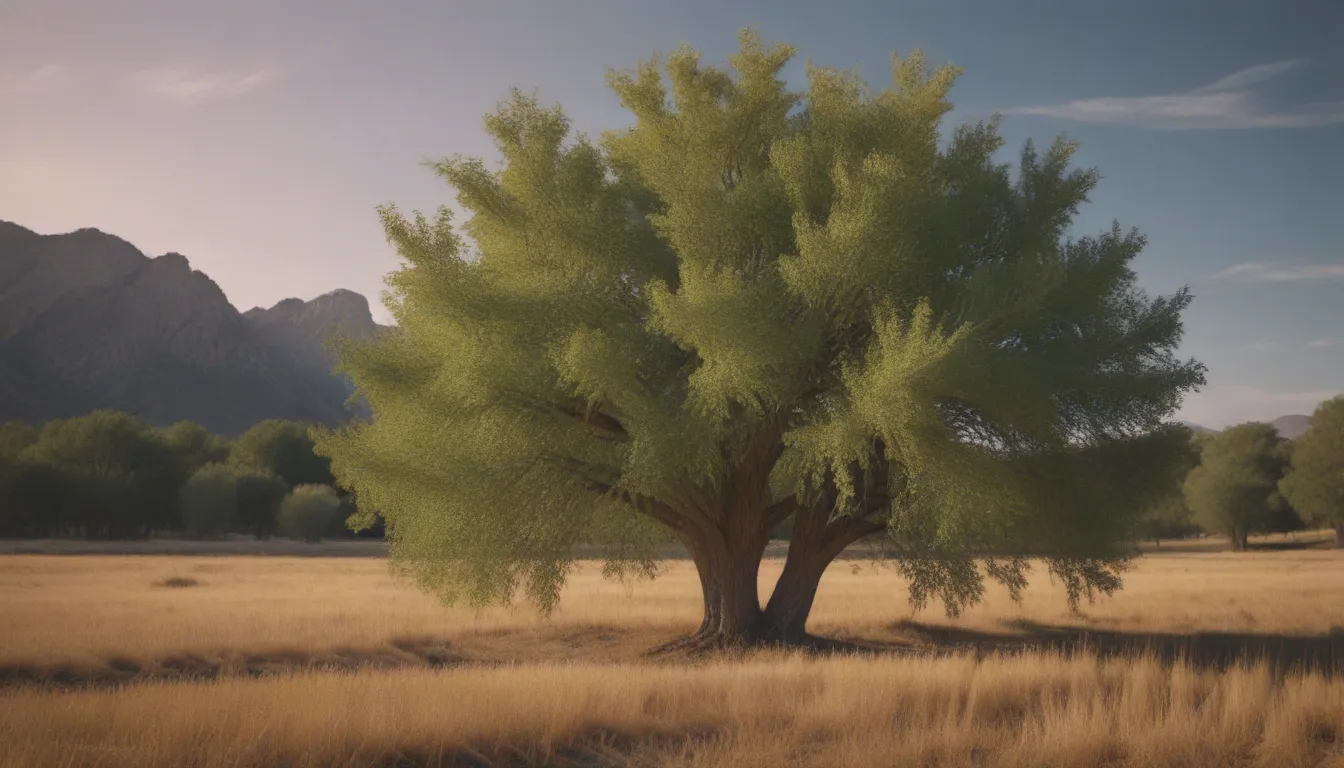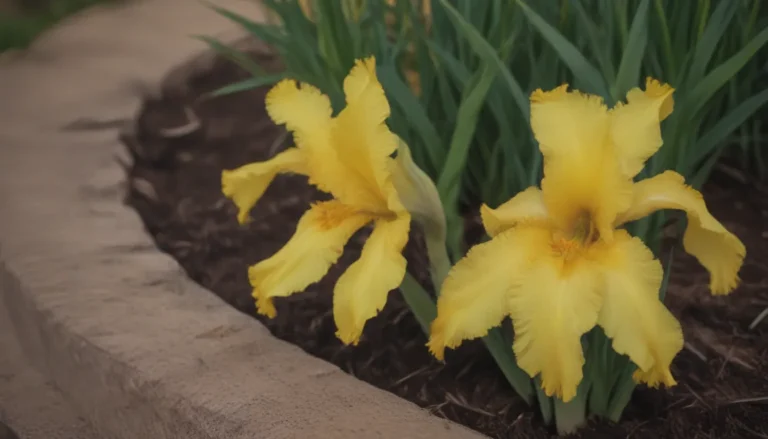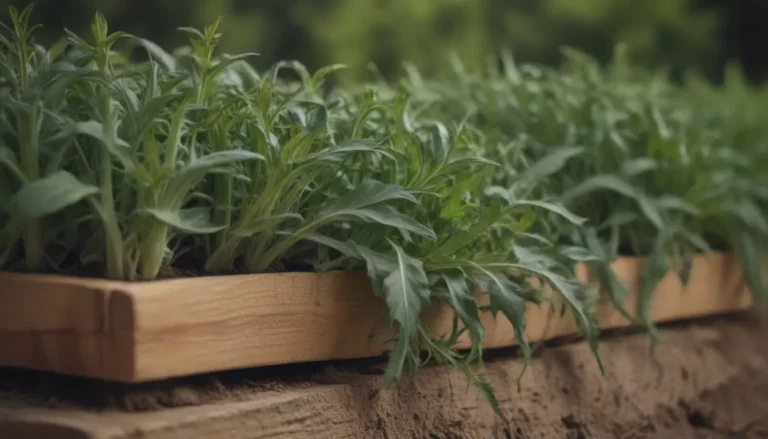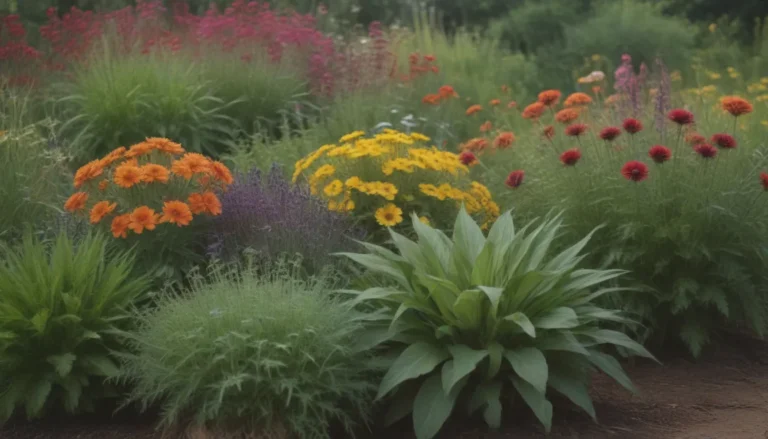The Ultimate Guide to Growing and Caring for the Eastern Cottonwood Tree

If you’re a fan of large, majestic trees, you may have come across the Eastern Cottonwood (Populus deltoides) during your outdoor adventures. These beautiful deciduous trees are native to North America, ranging from the eastern side of the Rocky Mountains to the Atlantic Ocean. While they thrive in moist environments like stream beds and lakefronts, Eastern Cottonwoods are known for their adaptability and can flourish in various conditions.
The Eastern Cottonwood tree is a sight to behold, with its iconic triangular leaves that rustle in the wind, creating a soothing melody. In the fall, these leaves turn a stunning bright yellow, adding a pop of color to any landscape. Despite their beauty, Eastern Cottonwoods can be polarizing – some people love them for their aesthetic appeal, while others view them as a nuisance due to their potential for causing issues with nearby structures.
Whether you’re a seasoned gardener or a newbie looking to add a touch of nature to your backyard, caring for an Eastern Cottonwood tree requires a bit of effort but is ultimately rewarding. In this comprehensive guide, we’ll walk you through everything you need to know to grow and maintain a healthy Eastern Cottonwood tree in your landscape.
Getting Started: Planting Your Eastern Cottonwood Tree
Before diving into the specifics of Eastern Cottonwood care, it’s essential to start on the right foot by planting your tree in an optimal location. Here are some key factors to consider when planting your Eastern Cottonwood:
Light
- Place your Eastern Cottonwood tree in a location that receives full sun throughout the day to promote healthy growth and vibrant fall foliage.
Soil
- Eastern Cottonwoods prefer moist, well-draining soil, but they can adapt to various soil conditions once established. Choose a location with consistent moisture to keep your tree happy and healthy.
Water
- Water your Eastern Cottonwood tree regularly, especially during the first few years of establishment. Provide about 10 gallons of water per inch of the tree’s diameter per week, increasing to 15 gallons in dry conditions.
Temperature and Humidity
- Eastern Cottonwoods can tolerate a wide range of temperatures but may be vulnerable to damage from ice and wind. Proper pruning is essential to maintain strong branches and prevent weather-related issues.
Fertilizer
- When planting your Eastern Cottonwood, consider adding organic compost to the soil to enhance root growth. Once established, your tree should not require additional fertilization.
Pruning: Keeping Your Eastern Cottonwood Healthy
Pruning plays a vital role in maintaining the health and structural integrity of your Eastern Cottonwood tree. Proper pruning practices can help prevent limb breakage and ensure the longevity of your tree. Here are some essential pruning tips for Eastern Cottonwoods:
- Establish a single leader by removing competing branches and ensuring the growth of a central trunk.
- Trim away weak, damaged, or inward-pointing branches to promote healthy growth and prevent future issues.
- Regularly inspect your tree and prune as needed to maintain its shape and structure.
Remember, if your Eastern Cottonwood tree grows too tall for you to safely prune, it’s best to enlist the help of a certified arborist to ensure the job is done correctly.
Pros and Cons of Planting an Eastern Cottonwood Tree
Eastern Cottonwood trees offer a host of benefits to wildlife and the environment, making them a valuable addition to any landscape. Here are some pros and cons to consider before planting an Eastern Cottonwood tree:
Pros:
- Rapid growth rate of up to eight feet per year, providing ample shade and windbreaks.
- Excellent food and shelter for wildlife, contributing to biodiversity in your area.
Cons:
- Weak and brittle wood that may be susceptible to damage from wind, ice, and heavy rain.
- Shallow roots that can disrupt water pipes, sewer systems, and sidewalks.
- Messy seed production that can create maintenance challenges and unwanted sprouting.
When weighing the pros and cons of planting an Eastern Cottonwood tree, consider factors such as your local climate, landscape layout, and maintenance capabilities. If you decide to incorporate an Eastern Cottonwood into your landscape, you may want to explore non-seeding cultivars like Populus deltoides ‘Siouxland’ to minimize maintenance challenges.
In conclusion, growing and caring for an Eastern Cottonwood tree requires thoughtful planning, regular maintenance, and a deep appreciation for nature’s beauty. By following the guidelines outlined in this guide and staying attuned to your tree’s needs, you can enjoy the graceful presence of an Eastern Cottonwood in your outdoor space for years to come. So, go ahead and plant that Eastern Cottonwood tree – your landscape will thank you for it!





